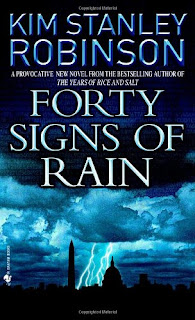Source: Checked out book from GPL
Add on Goodreads
Melinda Sordino busted an end-of-summer party by calling the cops. Now her old friends won't talk to her, and people she doesn't even know hate her from a distance. The safest place to be is alone, inside her own head. But even that's not safe. Because there's something she's trying not to think about, something about the night of the party that, if she let it in, would blow her carefully constructed disguise to smithereens. And then she would have to speak the truth. This extraordinary first novel has captured the imaginations of teenagers and adults across the country.
When Speak came
out over a decade ago, it was ground breaking because of the way it dealt with teen
sexuality. 16 years later, it is still relevant and continues to change lives
because it isn’t afraid to tell the story of a teenager who had real problems
and real reactions to them.
Melinda doesn’t have a whole cast of friends to rely on. She
doesn’t have parents to rely on. When she called the police at the party at
the end of the summer, she lost her friends and she is stuck all by herself not knowing how to deal with what happened.
In that way, Melinda’s character is heartbreakingly
realistic. But, Melinda also has a certain wit that makes her more than just a
character to which a ‘bad thing’ happened. It makes Melinda a character worth
knowing and someone you want to cheer for.
This book also deals with rape in a way that I think is
realistic. It doesn’t dramatize it (this may be the wrong word to use but I don't know how to better express myself) but rather approaches it in a way that shows
the reality of it. There are some things that were a little iffy but I am not
going to go into detail because SPOILERS.
This book wasn’t perfect, though. I did think there were
things that happened towards the end that were perhaps too easy but at the same
time, worked. I also wished that we weren’t cut off from one scene towards the
end of the book because it was the most important in my opinion.








